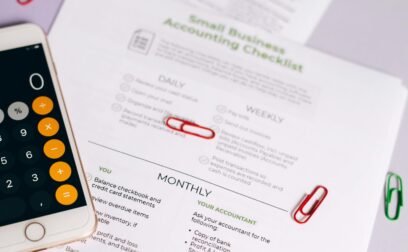Definition
Cash flow refers to the movement of money into and out of a business or individual’s financial accounts over a specific period of time. It represents the net amount of cash generated or consumed by various financial activities, such as operating, investing, and financing activities.
What is cash flow?
There are three main components of cash flow:
1. Operating cash flow: This represents the cash generated or used by a company’s core business operations. It includes revenues from sales and services minus operating expenses like salaries, rent, and other operational costs. Operating cash flow is a key indicator of a company’s ability to generate cash from its primary activities.
2. Investing cash flow: This component reflects the cash inflows and outflows related to investments in assets or the sale of assets. It includes cash spent on purchasing new equipment, property, or other investments, as well as cash received from the sale of these assets.
3. Financing cash flow: Financing cash flow accounts for the movement of cash resulting from borrowing or repaying loans, issuing or buying back stocks, and paying dividends. It shows how a company raises and distributes funds to investors and creditors.
Positive cash flow indicates that a business or individual receives more cash than they are spending, which is generally considered a healthy financial state. Negative cash flow, on the other hand, indicates that more money is going out than coming in, which could lead to financial difficulties if sustained over time.
Do you want to know whether your cash flow is positive or negative? Try our cash flow calculator and find out.
Cash flow analysis is crucial for assessing a business’s financial health and sustainability. It helps to determine whether a company can meet its financial obligations, invest in growth opportunities, and cover day-to-day expenses.
Example of cash flow
Sarah owns a small boutique that sells clothing and accessories. The business operates in a brick-and-mortar store and accepts both cash and credit card payments. On a typical day, Sarah’s Boutique makes sales totalling ₦1,000. Customers pay using a mix of cash and credit cards.
- Cash payment:
- Of the ₦1,000 in sales, ₦300 are paid in cash by customers at the store. This cash immediately becomes part of the business’s cash flow.
- Credit card payments:
- The remaining ₦700 is paid by customers using credit cards. While this contributes to revenue, the actual cash from credit card transactions is not immediately received. It will be received later when the credit card payments are processed by the payment processor and deposited into the business’s bank account.
- Operating expenses:
- Throughout the day, Sarah incurs various operating expenses, including purchasing inventory, paying utilities, and covering employee wages. These expenses may be paid in cash, checks, or electronically, depending on the vendor.
- Cash outflows:
- Let’s say Sarah pays ₦400 in cash for inventory and ₦200 in cash for other daily expenses. These cash outflows reduce the available cash in the business.
- End-of-day cash flow:
- At the end of the day, Sarah’s Boutique has a net positive cash flow of ₦300 (cash sales) – ₦400 (cash expenses) = -₦100. While the net cash flow for the day is negative, it doesn’t necessarily indicate financial distress; it could be part of normal business operations.





